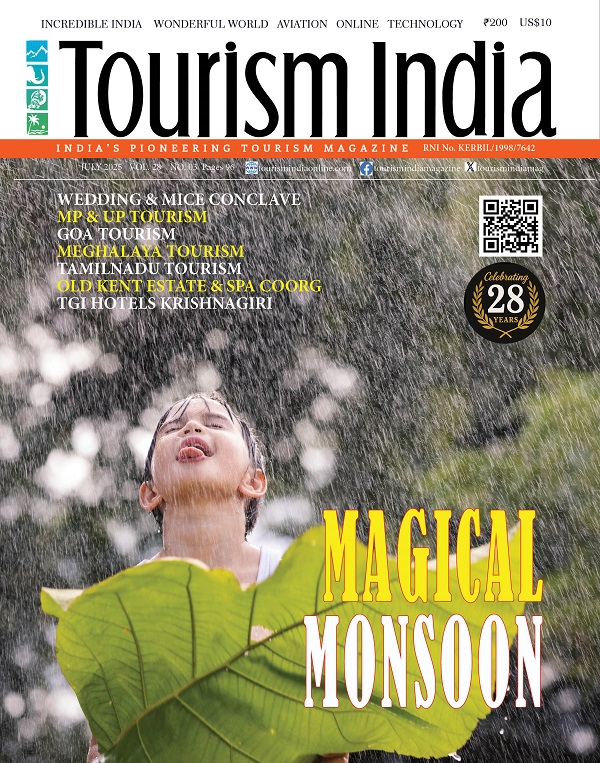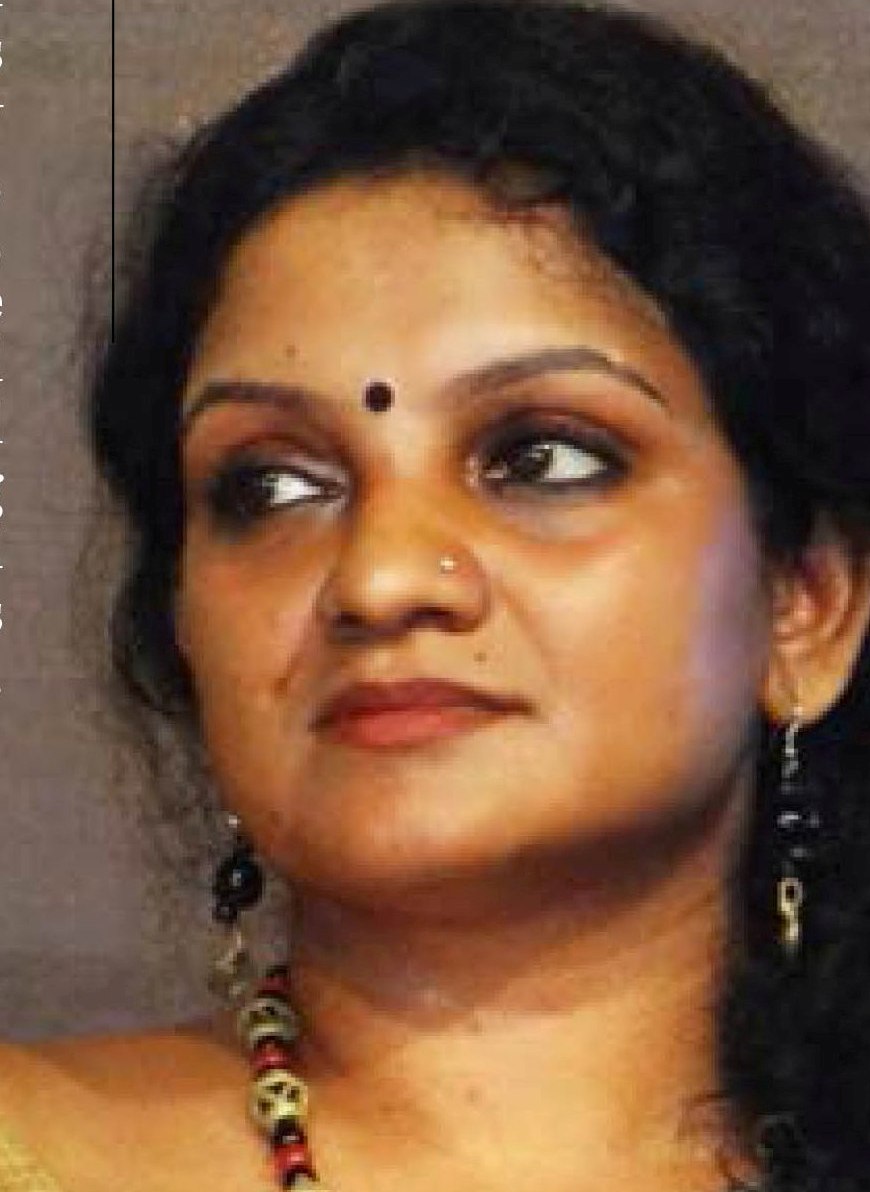By Ravisankar K.V.
“In a world of swipes and scrolls, nothing beats the rustle of a real page.”
In an era once thought to be ruled solely by digital content, print media in India is not only holding its ground – it is making a powerful comeback. Across metros and regional markets, leading English dailies such as The Times of India, The Indian Express, Hindustan Times, The Hindu, and Deccan Herald are reporting strong readership and robust advertising revenues. Their revival is a testament to the credibility, depth, and trust that print journalism continues to command in an increasingly chaotic information landscape.
The resurgence isn’t limited to English publications. Regional giants like Dainik Jagran, Amar Ujala, Malayala Manorama, Mathrubhumi, Dinamalar, and Dinathanthi are thriving, not just in terms of circulation, but also in their advertising appeal. These newspapers serve as cultural anchors for millions, delivering news in native languages with unmatched local insights.


Magazines too are enjoying renewed attention. Flagship publications like India Today, Outlook, and The Week continue to set editorial benchmarks. Lifestyle magazines such as Vanitha in Malayalam command impressive readerships, while niche magazines like Business World, AutoCar India, and Tourism India lead in content innovation and sector-specific analysis. Their success lies in their ability to blend high-quality journalism with evolving design aesthetics, cutting-edge technology, and omnichannel distribution strategies.
Globally as well, the print revival is real. From The New York Times to The Economist, leading publications are reporting record subscriptions and print-led engagement. Brands and advertisers, once wooed by the transient reach of digital and television, are returning to print for its credibility, tactile value, and targeted reach. Large corporations, tech companies, and marketing agencies now allocate significant portions of their media budgets to newspapers and magazines, recognising the enduring trust that readers place in the printed word.


Print has also adapted smartly – embracing QR codes, augmented reality, AI-generated content layouts, and integrations with social media campaigns. Rather than resisting change, the industry has redefined relevance, proving that print and digital can coexist and complement one another.
In a world overwhelmed by fleeting content and digital noise, print stands out as thoughtful, tangible, and trustworthy. The resurgence of print media in India is not a nostalgia trip – it is a confident leap forward into a future that values depth over distraction and permanence over pixels.
Back in Print: The Glorious Revival of Newspapers and Magazines
In a world captivated by pixels and driven by algorithms, something remarkable is unfolding – print is making a comeback. What once appeared to be a medium on life support is now not only surviving but thriving with renewed vigor. From leading English dailies and vernacular newspapers to niche lifestyle and business magazines, the print renaissance is real – and India is at its forefront.
Across India’s bustling cities and quiet towns, newspapers such as The Times of India, The Indian Express, Hindustan Times, The Hindu, and Deccan Herald are reporting rising readership and growing advertising revenue. In a media environment saturated with fleeting digital headlines, these publications offer something increasingly rare: depth, trust, and permanence.
Regional Media: Anchoring Local Communities
India’s regional press is a force to reckon with. Publications like Dainik Jagran, Amar Ujala (Hindi), Malayala Manorama, Mathrubhumi (Malayalam), Anandabazar Patrika (Bengali), Eenadu, Sakshi ( Telugu)Prajavani, Vijaya Karnataka, Udayavani, Kannada Prabha ( Kannada), and Dinamalar, Dinathanthi (Tamil) continue to inform, influence, and engage millions. These newspapers are more than news sources – they are cultural companions, delivering hyper-local content in the mother tongue with authenticity and credibility.
As digital fatigue sets in, many readers – especially the younger generation – are rediscovering the tactile joy of reading ink on paper. The Sunday ritual of leafing through the newspaper over a cup of chai is regaining its cherished spot in Indian households.


Magazines: Niche, Nuanced, and Now


This print resurgence isn’t confined to newspapers. Flagship news magazines like India Today, Outlook, and The Week continue to lead with investigative journalism and in-depth reporting. Lifestyle magazines like Vanitha (Malayalam) command an enviable and loyal readership. Vogue India, Elle India, Harper’s Bazaar India, GQ India, and Femina are also on shining spot among family readers, especially women folks across India. Meanwhile, specialised titles such as AutoCar India, Overdrive, Digit, Business World, Business Today, Forbes India, Tourism India, and are defining excellence in their sectors – blending compelling storytelling with cutting-edge design and a hybrid print-digital distribution strategy.
These magazines are thriving not despite the digital age – but because of it. Social media platforms like Facebook, X ( Twitter), LinkedIn, TikTok and Instagram are now feeding audiences back into print culture. Hauls, unboxings, and print recommendations are trending topics, and QR code integrations and augmented reality features are modernising the reader experience.
Global Winds of Change
The Indian print revival is part of a broader global movement. The New York Times, The Wall Street Journal, The Economist, and NME are all seeing renewed subscriptions and expanded print engagement. In the UK, 58% of readers say they prefer reading magazines in print over digital. In the US, one in four adults still buys a printed newspaper regularly.
Even magazines that had shuttered – like Paper Magazine – are returning to print. Why? Because readers now crave tangible, curated experiences that stand in contrast to the distractions of their screens. Print is once again becoming a medium of choice for those who value reflection over reaction, and storytelling over scrolls.
The Power of Print in Advertising


Brands and advertisers have taken note. After years of chasing digital impressions and video views, major corporations, tech firms, and ad agencies are returning to print. The reasons are clear: high engagement, better brand recall, and a brand-safe environment. Print offers something digital often can’t – undivided attention and lasting impact.
For advertisers, it’s not just nostalgia – it’s strategy.
Trust, Credibility, and Deeper Storytelling
What sets print apart is its storytelling power. Unlike ephemeral social content or click-driven headlines, print allows for depth and nuance. It earns trust. According to media experts, the effort and cost involved in producing print content also signal quality – something both readers and advertisers value.
As Andrea Lindsley of FINN Partners noted, “Print has stood the test of time because it has the credibility of long-form journalism, and it produces a tangible thing that you can hand to a client. It also lives online and is searchable digitally – so it’s the best of both worlds.”
A Generational Shift Back to Print
Interestingly, it’s Gen Z – the digital natives – who are helping fuel the return of print. From vintage film cameras to flip phones, the desire for analog experiences is real. Holding a newspaper or flipping through a magazine offers a sensory, screen-free moment of calm in a world of infinite notifications.
There’s also a growing awareness of digital fatigue and its physical and mental toll. Reading a magazine becomes not just a pastime, but a mindful act – a moment of clarity in the noise.


Psychologists and medical professionals around the world are now raising serious concerns about the overuse of screen time, especially among Gen Z and the emerging Beta generation (born after 2010). Excessive exposure to screens has been linked to eye strain, disrupted sleep cycles, poor posture leading to chronic neck and back pain, and even reduced attention spans.
Moreover, experts caution that prolonged digital consumption can lead to social isolation. As inherently social beings, human connection remains vital for mental health, emotional well-being, and brain development. Engaging with people in real-world environments – whether in neighborhoods, workplaces, or community spaces – enhances empathy, communication skills, and a sense of belonging.
In this context, print is offering a welcome antidote. Reading a magazine or newspaper can become a grounding ritual – a mindful, screen-free experience that encourages reflection, focus, and connection. For many in the younger generation, it’s not just about nostalgia – it’s about reclaiming balance.
Print media’s resurgence is not just a passing trend – it’s a bold reminder of its enduring relevance. With evolving formats, hybrid models, and tech-savvy integrations, newspapers and magazines are more than alive; they’re thriving.
This isn’t a return to the past – it’s a reimagined future for one of the most trusted forms of storytelling. In the chaos of the digital age, print is once again standing tall – as a symbol of authenticity, clarity, and community.
“Print never left – it just got smarter, sharper, and stronger.”
(The author is a senior journalist with over three decades of experience in print, visual, online, and social media, currently leading a marketing and specialized media house)















